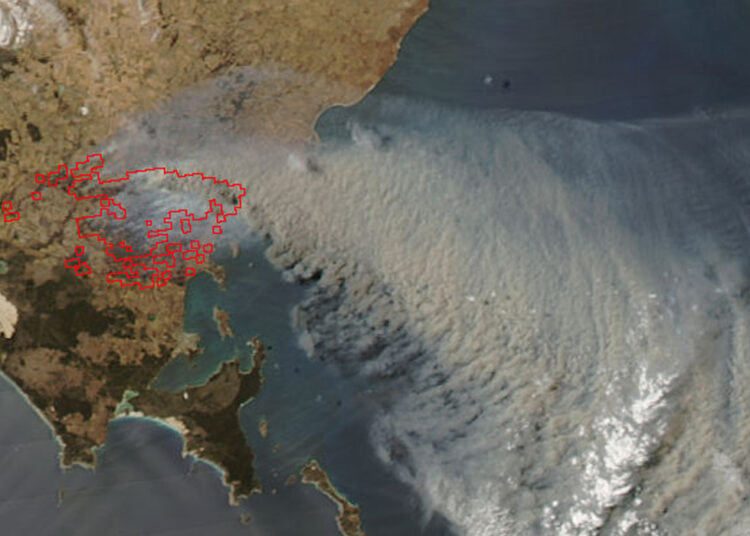Most of the news coming out of Australia over the past few months has been the historical flooding that devastated the northeastern part of the country.
The high waters covered millions of acres of fertile farmland and destroyed or damaged countless homes and buildings.
Just as the waters began to recede, another pestilence started to unfold in yet another region of the vast country. As the elevated temperatures and gusty winds of the Southern Hemisphere’s summer months dried out the landscape, wildfires started making the headlines.
The fuel types that dominate most of the Outback tend to burn very hot and very fast. When the fuels combine with blustery winds, this makes for very fast moving firestorms that are very difficult to contain.
One such blaze in February destroyed sixty-four homes before it was extinguished. A fast-moving fire in medium to light fuels are often best managed by applying aerial resources, such as air tankers or helicopters.
In the past, Australia has not had a national, organized aerial firefighting program. Instead, the country has simply leased assets from other countries for use during the fire season. This has usually been Erickson Skycrane Type 1 helicopters, which can be loaded aboard cargo planes and flown overseas. Last summer they tested the DC-10 Supertanker, but officials decided that it was a tool they did not need in their box.
The government has also had an arraignment with aerial applicators to provide assistance when a fire was nearby. For the Australian summer of 2011, Australia has made an agreement with a Canadian company, Conair, to lease two Convair 580 heavy air tankers, three AT-802F Single Engine Air Tankers (SEATs) and one air attack platform, or as they call them north of the border a "birddog” aircraft.
Convair will supply flight crews and support personal over the period of the contract. Other duties, such as dispatch and management, will be performed by Australians. Along with two Skycrane's and other local assets, this will constitute by far the largest aerial firefighting force ever assembled in the country.
It will be interesting to watch as Australia's aerial firefighting fleet grows through the teething pains of a new industry. I wish our mates Down Under the best of luck!






